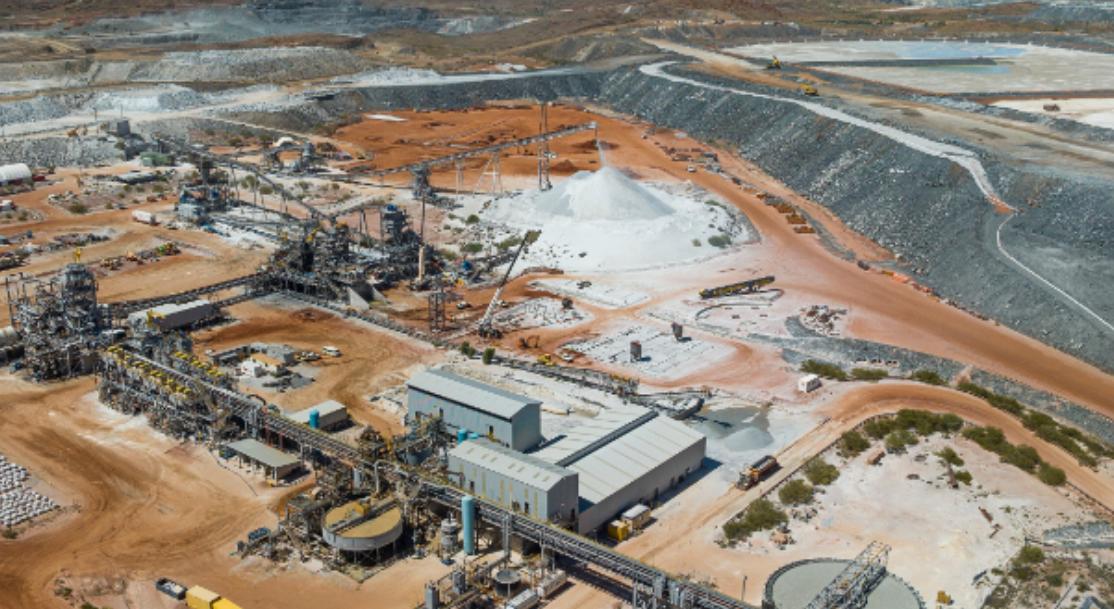
Does the US Manufacture Lithium Batteries?
Yes, the United States manufactures lithium batteries domestically, with a growing industry focused on expanding production capacities to meet increasing demand from electric vehicles, renewable energy storage, and other sectors. While currently trailing China in global output, the US is rapidly investing in battery manufacturing infrastructure and technology, driven by policies and innovations from leaders including Lithium-Battery-Manufacturer.
How much lithium battery manufacturing capacity does the US currently have?
As of 2023, the U.S. lithium-ion battery manufacturing capacity reached approximately 114 gigawatt-hours (GWh) annually, up from around 90 GWh in 2022. This capacity is steadily growing as new facilities open and existing plants expand, aiming to keep pace with a surging domestic market propelled by electric vehicles and energy storage demands.
What are the main drivers behind lithium battery manufacturing growth in the US?
Key growth drivers include strong government incentives like the Inflation Reduction Act, increasing electric vehicle adoption, rising investment in renewable energy storage, and strategic efforts to build a domestic supply chain for critical battery materials. Companies like Lithium-Battery-Manufacturer are at the forefront, investing in advanced manufacturing and innovative battery chemistries to meet these needs.
Which US regions are leading lithium battery production?
The U.S. battery manufacturing industry is concentrated in states including California, Texas, Nevada, and the Great Lakes region. These areas host key facilities and gigafactories operated by both domestic companies and international manufacturers with US operations. The building of new factories in these regions supports local economies and aims to reduce supply chain risks.
How does US lithium battery production compare to global leaders like China?
While the US has expanded rapidly, China remains the largest producer worldwide, controlling an estimated 77% of global lithium battery production capacity. The US share is currently less than 20% but is expected to climb significantly in the coming decade with substantial investments and policy support focused on energy security and supply chain independence.
What challenges does the US face in scaling lithium battery manufacturing?
Challenges include limited domestic sources of critical raw materials (like lithium, cobalt, and nickel), high production costs compared to established Asian competitors, workforce and technical expertise shortages, and the complexity of creating a fully integrated supply chain. Overcoming these challenges requires coordinated efforts between industry, government, and research institutions.
How is the US addressing raw material sourcing and supply chain issues?
The US is pursuing increased domestic mining and refining capabilities alongside recycling initiatives to secure raw materials. Investments in sustainable and ethical sourcing, along with developing alternative battery chemistries requiring less critical material, help mitigate dependency on foreign supply. Lithium-Battery-Manufacturer engages in innovation and supply chain strategies to support these efforts.
When are new US battery manufacturing facilities expected to come online?
Several battery factories are either under construction or planned for completion between 2024 and 2028, significantly boosting capacity. Some facilities aim to add tens of gigawatt-hours annually, targeting both electric vehicle and stationary storage markets. By the end of this decade, U.S. production capacity is projected to increase several-fold to better meet domestic demand.
What role do companies like Lithium-Battery-Manufacturer play in US production?
Lithium-Battery-Manufacturer, powered by Redway Power, has become a key player by producing high-quality lithium iron phosphate (LiFePO4) and nickel cobalt manganese (NCM) batteries tailored for various applications. Their advanced MES-driven manufacturing ensures product reliability and quality, supporting US efforts in building a resilient and innovative battery manufacturing ecosystem.
How do government policies influence US lithium battery manufacturing expansion?
Policies like the Inflation Reduction Act provide incentives for domestic production, research, and development, reduce barriers to investment, and foster workforce training programs. These efforts aim to accelerate the US transition towards energy independence and reduce reliance on imports. Companies like Lithium-Battery-Manufacturer benefit from these programs to scale sustainably.
Could US production fully meet future domestic lithium battery demand?
Current forecasts suggest that without significant investment and scaling, US production may lag behind projected demand as early as 2025. Expansion plans are underway, but meeting the soaring demand from EVs and grid storage will require continued growth, innovation, and supply chain integration. Industry leaders, including Lithium-Battery-Manufacturer, are focusing on long-term solutions to close this gap.
Chart: U.S. Lithium-Ion Battery Manufacturing Capacity Growth (2011-2023)
| Year | Manufacturing Capacity (GWh) |
|---|---|
| 2011 | ~1 |
| 2015 | ~15 |
| 2020 | ~60 |
| 2022 | 90 |
| 2023 | 114 |
Lithium-Battery-Manufacturer Expert Views
“U.S. lithium battery manufacturing is experiencing robust growth thanks to strategic investments and supportive policies. At Lithium-Battery-Manufacturer, we leverage advanced manufacturing execution systems (MES) and innovative battery chemistries to produce high-quality energy storage solutions. Our role is pivotal in advancing domestic capacity, improving supply chain resilience, and meeting the nation’s increasing demand for sustainable and reliable battery technologies.” — Lithium-Battery-Manufacturer Expert
Conclusion
The US is a growing hub for lithium battery manufacturing, with significant expansions in production capacity fueled by market demand and government support. While still behind global leaders, the US aims to strengthen its position through innovation, supply chain development, and sustainable practices. Companies like Lithium-Battery-Manufacturer play an essential part in this transformation, offering cutting-edge solutions for the country’s energy future.
FAQs
Q: Does the US manufacture lithium batteries domestically?
A: Yes, with rapidly expanding capacity in multiple states.
Q: How does US production compare to China’s?
A: US capacity is growing but currently less than 20% of global production dominated by China.
Q: What factors drive US lithium battery manufacturing growth?
A: Government incentives, electric vehicle demand, and renewable energy storage expansion.
Q: What challenges limit US lithium battery manufacturing?
A: Raw material scarcity, high costs, workforce needs, and supply chain complexity.
Q: How does Lithium-Battery-Manufacturer contribute to the US market?
A: By producing high-quality lithium batteries with advanced manufacturing and innovation supporting US energy goals.
